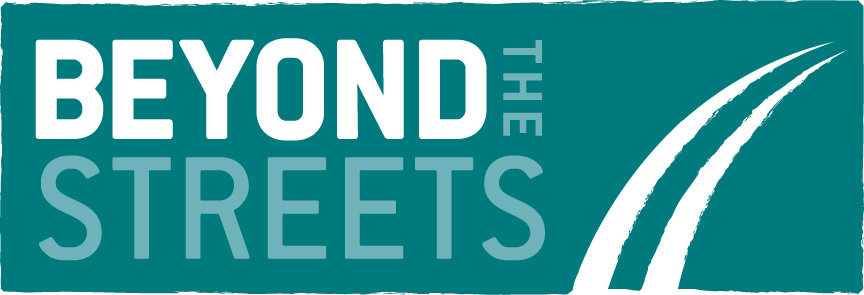
October is Black History Month, a time to share the stories and achievements of black people throughout our history. The achievements of white activists who worked to abolish slavery are well reported, while those of black activists all too often go overlooked by contemporary readings of history. In this Beyond the Streets blog, we want to celebrate the under reported achievements and stories of Mary Prince, one of the black abolitionists, as well as Harriott Lewis.
Research about slavery in the West Indies highlights the sexual exploitation and sexual abuse black women and girls endured. Some of these women and girls then found themselves being brought over to Great Britain as servants, mistresses and in some cases wives of their “masters”. When their “masters” died these women would find themselves homeless, without means and with few options for employment. They often ended up on the streets and forced to support themselves through selling sex.
One example was Harriott Lewis. She was born in Guinea and was an enslaved woman on the plantation of Captain William Lewis. He brought her to London as his mistress in 1766. When he died, she was left alone in London but with the assistance of John Montague, the Earl of Sandwich, she opened a brothel, and she was robbed by her servants and ended her days in a debtor’s prison.
Harriott Lewis’ story of a woman surviving coercion, exploitation and a narrow field of choice is echoed today, for example, where women sleeping rough may exchange sex for a place to sleep. The trauma that this encompasses can be life-changing, which is why Beyond the Streets offers specialist one to one support for as long as two-years, recognising that such progress does not happen overnight.
Born in Bermuda in 1788 Mary Prince knew what it was to be a commodity bought and sold a number of times, separated from her family, flogged and beaten at will by her “masters”. She was required to work as a house slave and companion. As a child she worked very long hours in poor conditions in the salt mines on Turks and Caicos.
Her fourth “master” John Adams Wood purchased her in 1815 where she worked for him and his family as a house maid in Antigua. This was to be the beginning of a chain of events that would lead Mary to be a major force in the abolition of slavery. While working for the Adams Wood family, Mary joined the Moravian Church where she learnt to read and with their encouragement married a formerly enslaved man, Daniel James. However, she was increasingly flogged to punish her for marrying a ‘freed slave’.
The Adams Wood family came to England in 1815, bringing Mary along as a servant. Eventually, this move to England gave Mary the opportunity to find relative freedom by seeking refuge in the Moravian Church. After some time, she was employed and found a home with the abolitionist, writer and Secretary of the anti-Slavery Society, Thomas Pringle. He tried to help Mary gain legal freedom, without which she would never be able to return to her husband in Antigua, as she would be re-enslaved (Slavery was still legal in Antigua). Unfortunately, the Woods family refused to allow her legal freedom.
Mary was keen to have her voice heard and Thomas Pringle encouraged her to tell the story of her subjugation to Susanna Strickland (a member of the Anti-Slavery Society) who transcribed it. He could obviously see that her story would lend weight to the anti-slavery campaign. Pringle edited the book which was published in 1831. The History of Mary Prince was ground-breaking, being the first time a British audience had heard a heartfelt, authentic story of an enslaved female. Her book highlighted the effect on families torn apart, the lack of normal married life, she gave descriptions of horrific floggings and alluded to the sexual abuse black women faced when they have been enslaved. The book was so successful that it was reprinted three times in the first year. Thomas Pringle and others used her story to put pressure on Parliament to end slavery.
There was a backlash amongst those who made fortunes from their sugar plantations in the West Indies. Attempts were made to undermine Mary’s story by suggesting that she was a woman of low morals who was being used by the anti-slavery movement to champion their cause. Despite this, the appetite to abolish slavery was strong.
In 1833 the Slavery Abolition Act was passed by the British parliament with it being fully implemented across the Caribbean by 1838. Mary Prince died in 1833 and it is particularly sad that if she had lived longer, she would have seen true freedom and may have had the opportunity to return to her husband.
Today, Beyond the Streets works to challenge the dominant paradigm around selling sex, and attitudes to towards women who are exploited. We work to see women energised by their future and not defined by their past; to see women safe from coercion, violence, and abuse.
Stigma around the sale of sex are now centuries old. We celebrate the progress that has been made to-date, and the arduous activism of women such as Mary Prince.


Share this page